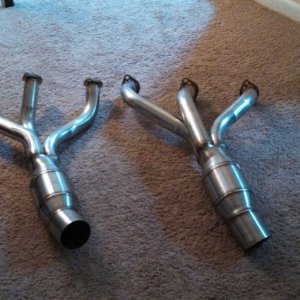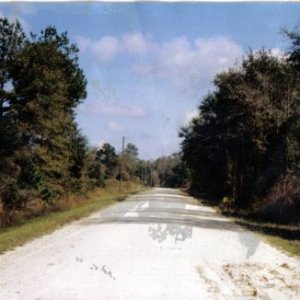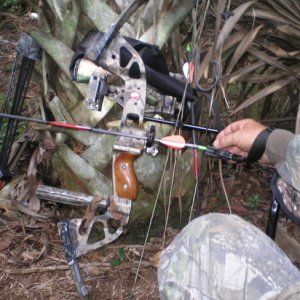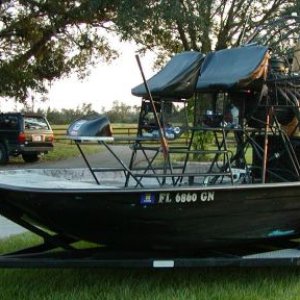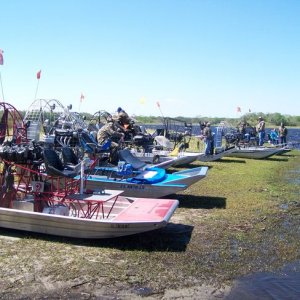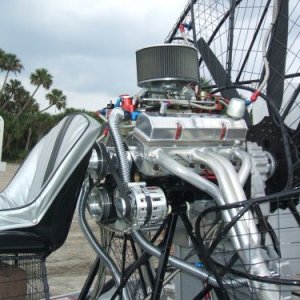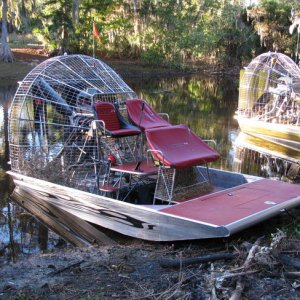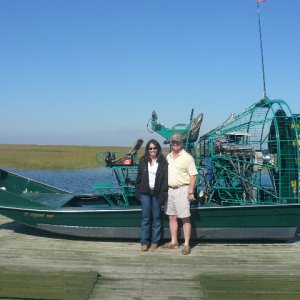Waterthunder
Well-known member
https://southernairboat.com/wp/wp-content/uploads/rtMedia/users/585/2018/09/thrust-graph-cut-trim.jpg
A lot of data correlates on this sheet. I was talking to someone at Sensenich about testing of a different blade profile and they said with prop thrust a REAL good base number with a reducted prop is 3lbs of thrust per HP. When you using power efficiently. Also I never forget the 1st small block I dyno'ed that broke the 600HP barrier made 602 HP and burned 301lbs of fuel a hour. It's pretty cool how so many numbers from so many angles all correlate to the same results. We now developing a dead accurate correction factor for air density aka corrected altitude so we can accurately compare results all year round. We already correct for that but I want to use our dyno mule in January and predict it's thrust within + or - 3lb's.

A lot of data correlates on this sheet. I was talking to someone at Sensenich about testing of a different blade profile and they said with prop thrust a REAL good base number with a reducted prop is 3lbs of thrust per HP. When you using power efficiently. Also I never forget the 1st small block I dyno'ed that broke the 600HP barrier made 602 HP and burned 301lbs of fuel a hour. It's pretty cool how so many numbers from so many angles all correlate to the same results. We now developing a dead accurate correction factor for air density aka corrected altitude so we can accurately compare results all year round. We already correct for that but I want to use our dyno mule in January and predict it's thrust within + or - 3lb's.


